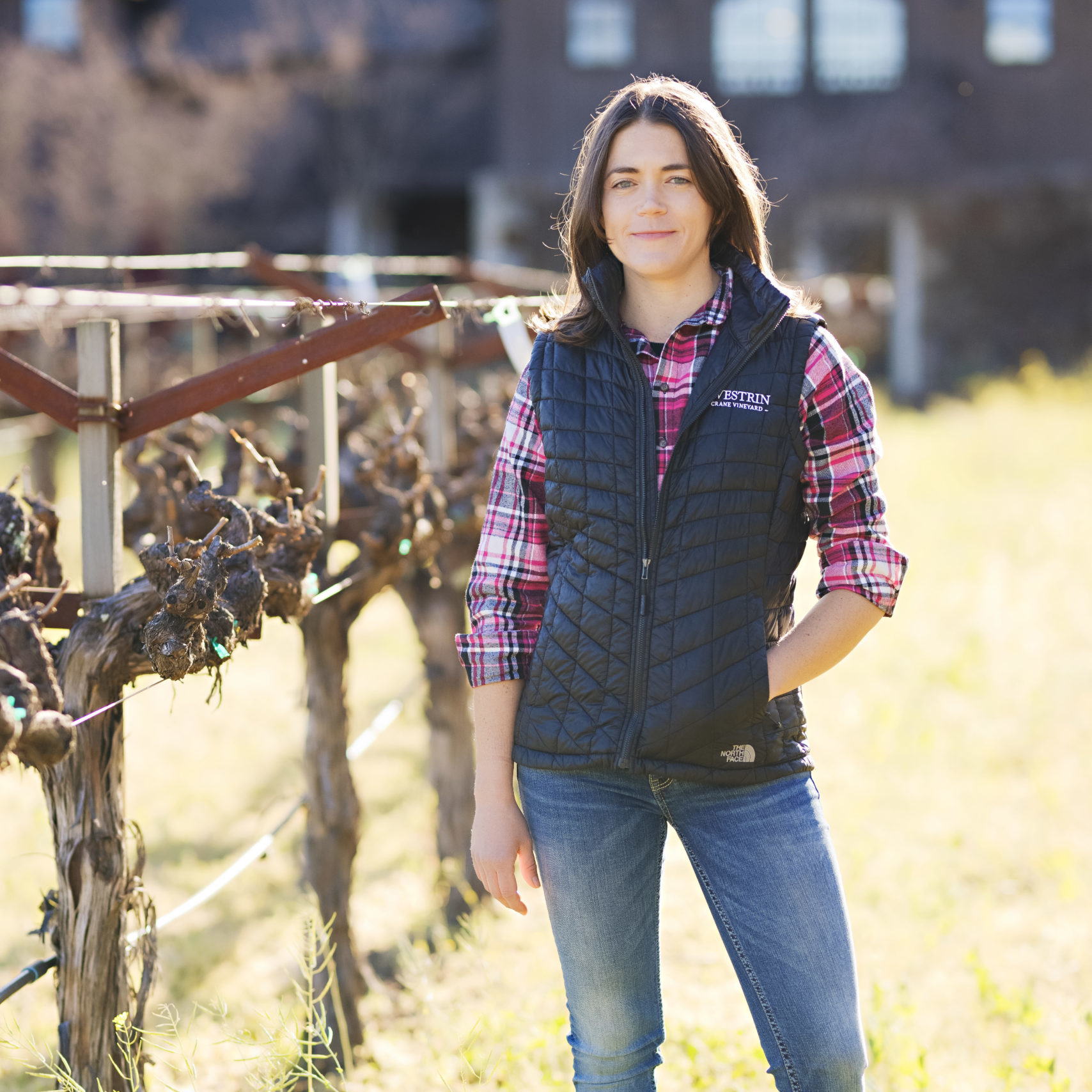wine industry
climate action Blog
As you’re driving through the Napa Valley do the bright green “Napa Green Certified” signs ever catch your eye and you wonder, “What does that mean?” or “Does that really mean anything?” It does. The Napa Green nonprofit sets the highest standards for sustainability and climate action in the global wine industry. However, “sustainability” has become a fraught word. It’s vague, it’s amorphous, it’s overused, it’s misused. Many now ask, “Does sustainability really mean anything?”
For this reason, back in 2021 Napa Green established the “Six Pillars of Sustainable Winegrowing Leadership.” The Six Pillars are: I. Water Efficiency & Savings; II. Energy Efficiency & Savings; III. Waste Prevention & Supply Chain; IV. Proactive Farming, Soil Health & Biodiversity; V. Social Justice, Diversity & Inclusion; all under the umbrella of VI. Climate Action & Regenerative Agriculture. Essentially, Napa Green has created two intersecting leadership roadmaps that encompass these Six Pillars, with >100 leading Vineyard practices, and >120 leading Winery practices that growers and vintners have to implement (and be third-party audited) to swing that green metal sign.
Napa Green emphatically believes that a whole-systems approach from the farm, through production, to the people that make it all possible, is critical to meaningful climate action and impact. We see the Six Pillars as a filter that can be used to evaluate any business or organizational claims of sustainability and ask, “Are they really leaders? Are they really taking a whole-systems approach?”
You Mean Organic?
When we talk about sustainable farming or agriculture most people think of organic farming. We will delve into this in more detail in another feature, but if you think about the Six Pillars and a whole-systems approach, not using synthetic pesticides or herbicides, while valuable, is just one small piece of a much bigger puzzle. In terms of environmental stewardship, organic only relates to farming, and focuses on a narrow “don’t,” without addressing broader “dos” of resource use efficiency, climate action, and social equity. Napa Green Vineyard certification includes Prohibited & Restricted Pesticides, including a requirement that members phaseout Roundup/glyphosate-based products by January 1, 2026, and all synthetic herbicides by January 1, 2028, but again this is only one of six elements that certified growers have to address.
What is Climate Action?
Climate action refers to choices that reduce emissions (like using less energy and fuel), drawdown or sequester/store carbon (like compost and cover crops), and cultivate healthy ecosystems more resilient to weather extremes including drought, high heat, and atmospheric rivers. Almost all Napa Green certification standards relate to climate action.
For instance, the Napa Green “Social Justice, Diversity & Inclusion” standards include living wage, benefits, education and opportunities for advancement to help ensure that employees feel safe, secure, and listened to. This is foundational to building engaged and empowered teams that contribute to growing climate-smart businesses.
Napa Green growers implement “Carbon Farm Plans,” custom-developed for them by the Napa Green vineyard team. These plans layout opportunities to build soil health, store carbon, and cultivate more resilient vineyards such as reduced tillage/tractor passes, expanded cover crops that can attract beneficial insects, reduced fertilizer use, planting hedgerows that can provide habitat for natural predators like bluebirds and raptors, bringing in sheep as natural lawnmowers and fertilizers.
Napa Green vintners reduce water use, which reduces the energy needed to transport, heat and treat that water, which reduces emissions. They also “green” their packaging, such as eliminating Styrofoam and opportunities like lightening glass bottles (reduced emissions to manufacture and transport), shifting from wood boxes to lighter and recyclable cardboard, and using natural corks instead of non-recyclable screwcaps and plastic closures.
This is a quick introduction to the Napa Green Vineyard and Winery certifications. We look forward to sharing more and spotlighting leadership stories in these monthly features. Here are a few testimonials from our members about what they get out of being Napa Green:


To see a full list of members visit: napagreen.org/participating-members
Anna Brittain | Executive Director of Napa Green
Anna Brittain is the Executive Director of Napa Green. Anna has worked locally, nationally and internationally on environmental management and policy with organizations ranging from the environmental economics think tank Resources for the Future in Washington, DC to the International Union for Conservation of Nature in Hanoi, Vietnam. She has spent a decade facilitating and growing sustainability in the wine industry, with an expertise in communications and certification standards. Anna has served as a lead sustainability consultant with Ontario Craft Wineries, Sustainable Winegrowing British Columbia, Crimson Wine Group, the California Sustainable Winegrowing Alliance, and individual wineries including Benziger Family Winery and Seghesio Family Vineyards. She has helped lead the growth of the Napa Green program for over six years, and stepped into the position of Executive Director of the now independent non-profit in fall 2019. Anna has a Master’s of Environmental Science & Management from the Bren School at UC Santa Barbara and a BA in Political Science and Environmental Studies from Williams College.

On our final day of RISE 2025 we were fortunate to have an impactful conversation with @drreneelertzman & @finn.does concerning the mental & emotion cycles of the environmental work we all do. The how and why of what motivates our work is as important as the work itself.
If you missed this beautiful conversation please know that we have professionally recorded all sessions at RISE and will announce how to view them.
We offer a sincere and deeply felt thank you to both of these amazing speakers for joining us today.

In our current climate, RISE has meant more than ever. As we head into our final day today of Climate Action & Regenerative Farming, we want to take a moment to thank our visionary founders, @abrittain & @reyeswine.mw.
Thank you for the countless hours you’ve put in, the bravery to raise your voices, the vision to use your platforms meaningfully and for the beautiful community we’ve built together. Here’s to you! 🥂
We’ll see you all today at RISE Climate & Wine Symposium.
📸: @briana_marie

Incredible keynote from the one and only @realwolfofwine!
Catch him tonight at @statelineroad_smokehouse in Napa!
#wine #hiphop #wineandmusic #winestyle #winewinewine #winelife #winebar #winewriter #winespeak #wineandculture #dei #socialjustice

Who else has loved being greeted by these smiling faces the past week of RISE? 🙋♀️ Thank you @mp_egan39 & @marisataylorwines, you make our days a little brighter with your welcoming energy! ☀️

Thrilled to welcome you all to our Social Justice, Diversity & Inclusion Day! Still two more days to go after this. Be sure to grab your tickets!

Our final three events kick off tomorrow at 1:00pm AFTER the CIA Summit! Come hear from the @realwolfofwine, @nikki_silvestri and many more luminaries as we enter our first afternoon session! Stay for our first RISE Happy Hour & Snacks afterwards.
There are still tickets available at the link in our bio and you can use code RISE10 to join!
See you tomorrow 🥂

Stand out speakers and stand out quotes at RISE Proactive Farming, Soil Health & Diversity Day..
“Nature responds quickly if you let her” - @cainethompson
“25% of the population is enough to create a tipping point for regenerative agriculture.” - @profkimberlynicholas
“It starts with a single step!” - @cainethompson
“We have to connect with the problems we want to solve” - Dr. Jonathan Lundgren
“Farmers are stewards of not just land, but life!” - Dr. Jonathan Lundrgen
📸: @briana_marie

Today was moving. We had many inspiring & stunning moments at RISE. Yet this photo captures the soul of it perfectly. Nature, balance and the deeply riveting beauty in regenerative farming. Thanks for being with us today all for another full house.
THANK YOU to our incredible photographer @briana_marie for capturing this, and seeing our world in the thoughtful, informed and compassionate way that you do.

We are giving away very special prizes this year and we’re excited to congratulate our first winner: @mbvescovi!!
Don’t skip out on the chance to win at the Sponsor Scavenger Hunt today at Proactive Farming, Soil Health & Diversity Day!

Yesterday was a truly electric ⚡️day at RISE with great energy all around. Still 4 more events to go with Proactive Farming & Soil Health starting today!

Don’t miss out! We still have 5 more events for you to join starting with Energy Efficiency & Savings with our Keynote @rayisle tomorrow!

Copyright (c) 2025 Napa RISE. All Rights Reserved. | Mission | Media Inquiry | Social Kit | Sponsorship Inquiry | Contact